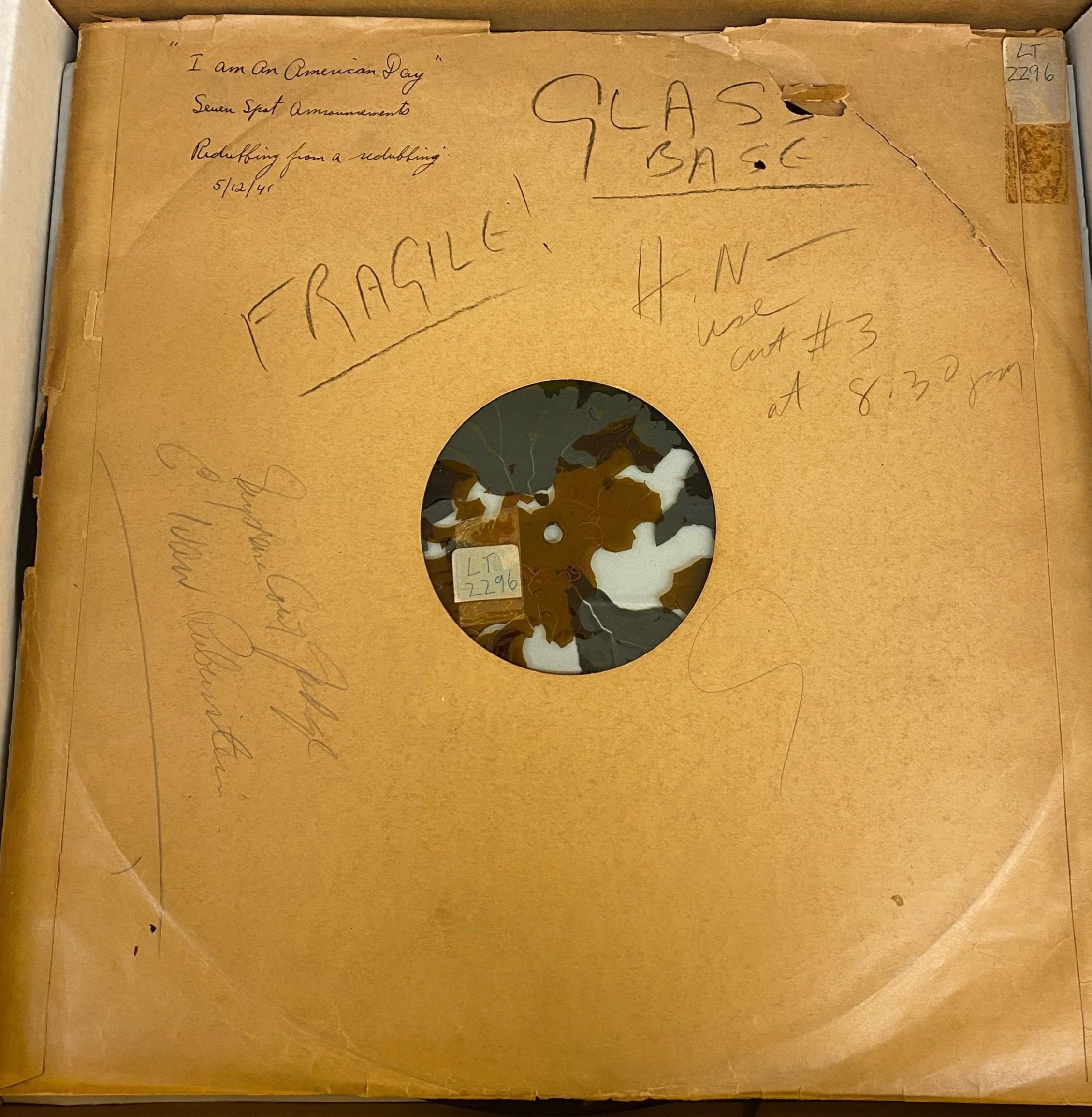May is Asian/Pacific American Heritage month. In recognition of this tribute, For the Record is showcasing manuscripts and photographs documenting some communities in the Works Progress Administration (WPA) Federal Writers’ Project (FWP) Collection. The May 14, 2021 blog Documenting the New Deal recounted the history of New York’s Unit of the FWP. It described how the draft manuscripts and photographs had been prepared for 64 books, only a handful of which were published, notably the New York City Guide, and New York Panorama.
Manilla Restaurant, 47 Sands Street, Brooklyn, NY, November 19, 1938. WPA Federal Writers’ Project Collection, Federal Art Project photograph. Photographer: Pollard. NYC Municipal Archives.
One of the more notable research endeavors of the NYC FWP were studies of the dozens of ethnic groups and communities that made up the city’s population. Then, as now, New Yorkers came from around the world—Armenia, Denmark, the Netherlands, Great Britain, Ireland, Egypt, Syria, Turkey—to name just a few counties. The list of countries also included several Asian Pacific nations—China, Japan, Korea, and the Philippines.
For each group or community, the WPA staff researched and wrote articles on a range of subjects, typically “present distribution in New York,” customs and costumes, history, literature, music, religions, holidays, etc.
Friends of China Parade, Chinatown, December 1937. WPA Federal Writers’ Project Collection, Federal Art Project photograph. Photographer: Hawes. NYC Municipal Archives.
Friends of China Parade, Chinatown, December 1937. WPA Federal Writers’ Project Collection. Photographer: Hawes. NYC Municipal Archives.
It appears that this research was primarily intended for their signature publication, The New York City Guide. The Chinese communities in New York received fairly extensive treatment. There are seventeen folders in the collection containing articles on contributions to American culture, occupations and professions, politics, publications, in addition to the topics listed above. The Guide editors distilled this research into four pages for the section on Lower Manhattan, under the sub-head “Chinatown.” It begins with the story of “...the first Chinese known to have visited New York... Pung-hua Wing Chong, who arrived in 1807,” and goes on to describe increasing Chinese migration to New York until imposition of the Chinese Exclusion Act of 1882.
Pell and Mott Streets, Chinatown, June 1938. WPA Federal Writers’ Project Collection. Photographer: Treistman. NYC Municipal Archives.
The passage continues with a description of holidays celebrated in the community, local customs, and a lengthy discussion of popular stores, restaurants and menu items. “Chop suey came into existence in Chicago in 1896... literally translated the name means ‘hodge-podge.’ As prepared by restaurants in Chinatown the dish is far superior to that served in drug stores and cafeterias.”
Shop interior, Chinatown, June 1938. WPA Federal Writers’ Project Collection. Photographer: Treistman. NYC Municipal Archives.
Looking at the coverage of another of the Asian Pacific nations, the Philippines, provides an interesting contrast. A total of three folders apparently sufficed, although maybe not surprising given the relatively small population of Filipinos in the City at that time. The following is one of the articles:
“The Filipinos of New York
Few of the Filipinos who enter the United States come to New York City; most of them settle in West Coast cities. There are 2,000 in New York, about four percent of the country’s Filipino population. Small colonies have developed in the neighborhood of Second Avenue between Thirteenth and Sixteenth Streets, and on Sixty-fourth and Sixty-fifth Streets between Broadway and Amsterdam Avenue. Some Filipinos are established in Brooklyn and the district around Sands, Concord, and Nassau Streets, and along Columbia and Hamilton Avenues in South Brooklyn.
Since the establishment of the Philippine Commonwealth in 1935, Filipinos, whose former status was that of American “national” – neither citizens nor aliens – have been classed as aliens, and only 50 a year may enter the United States.
The Filipino American Restaurant at 132 East Sixty-Fifth Street is the only Filipino eating place in Manhattan, but in Brooklyn there are two: the Manila Restaurant at 47 Sands Street, and the Sunrise Restaurant at 67 Sands Street. Favorite native dishes served in these places are adobon baboy—pork fried in garlic and soy sauce—and fish soups such as sinigang isda and sinigang visaya.
Most Filipinos here are Roman Catholics. About 100 belong to the Interdenominational Church at 209 Concord Street, Brooklyn. The only Filipino paper published in the city is The Filipino Student Bulletin, organ of the Filipino Students Christian Movement of 347 Madison Avenue. There are, however, 21 Filipino social and athletic organizations in New York.”
Manilla Restaurant, 47 Sands Street, Brooklyn, NY, November 19, 1938. WPA Federal Writers’ Project Collection, Federal Art Project photograph. Photographer: Pollard. NYC Municipal Archives.
The Filipino article, much reduced, did appear in the Guide, in the section on the Navy Yard District: “…Around Sands and Washington Streets is a colony of Filipinos; native food, extremely rare in the eastern part of the United States is served in a Filipino restaurant at 47 Sands Street. Among the favorites …mixta (beans and rice), and such tropical fruits as mangoes and pomelos, the latter a kind of orange as large as a grapefruit.”
Manilla Restaurant, 47 Sands Street, Brooklyn, NY, November 19,1938. WPA Federal Writers’ Project Collection, Federal Art Project photograph. Photographer: Pollard. NYC Municipal Archives.
In 1993, the National Endowment for the Humanities supported processing and microfilming the WPA Federal Writers’ Project collection. Readers are welcome to explore the collection guide and visit the Municipal Archives to research this rich and varied collection.





